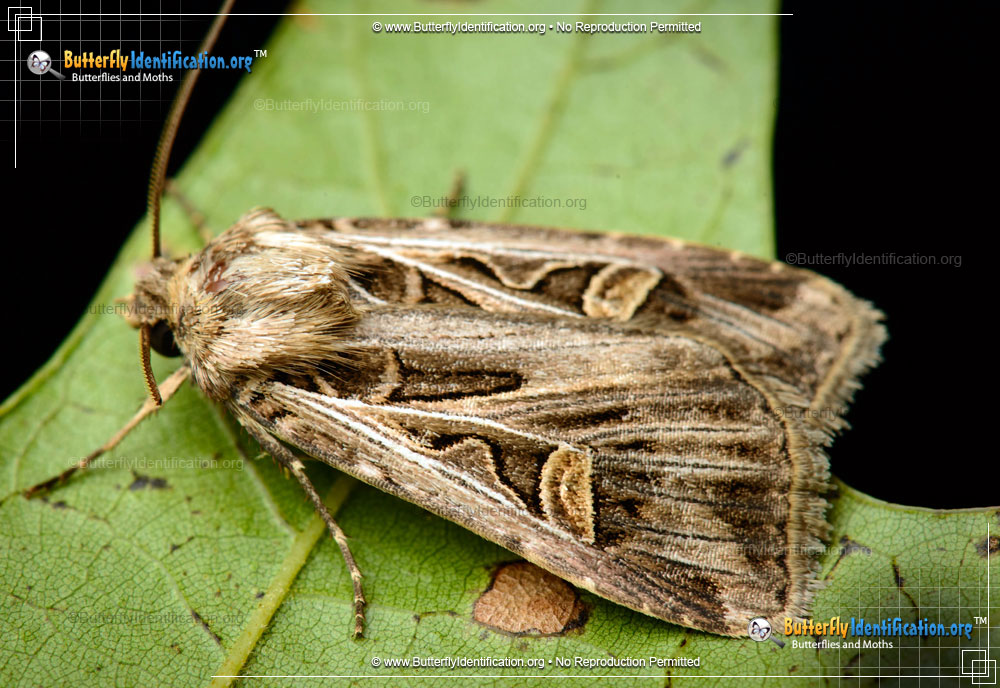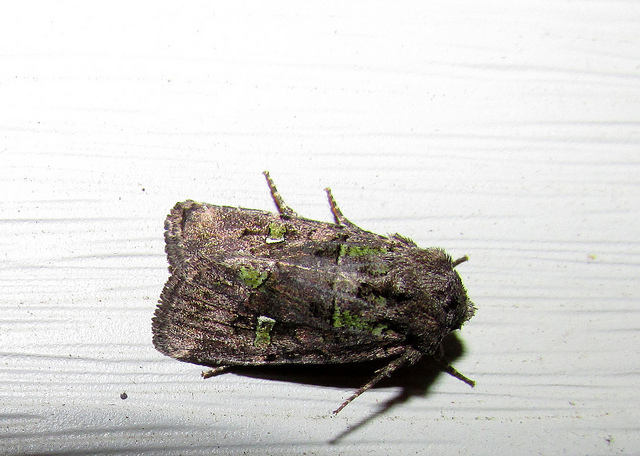

The front wings are usually specked with black spots and possess a small white spot centrally. The hind wing has a pearly gray appearance.Īdult armyworm moths are generally tan or light brown in color (Figure 3). Often the markings are indistinct, but the outer margin of the front wing has seven black notches of which the first four and last two appear paired. Variegated cutworm moths are also generally drab, with a variable tan, gray or brown coloration on the front wings (Figure 2).

The hind wings are lighter in color, generally whitish with grey to brown shading. *Significant moth capture is defined as 8 or more moths over two nights Cutworm Moth DescriptionsĪdults of the black cutworm have a drab gray or brownish appearance with two black wedge-shaped markings near the end of the forewing (Figure 1). Black Cutworm Degree-day Model Cumulative degree days In Nebraska we have several other cutworm species that overwinter in the state, so scouting at corn emergence is recommended. At that time, more intense scouting is recommended. In the case of the black cutworm, research has developed a degree-day model (Table 2) to predict when cutworms will be large enough to cut corn stems. Remember that we have several other cutworm species in Nebraska that overwinter as larvae, so it is always a good idea to scout corn beginning at emergence for cutworm injury and other early season pests, regardless of pheromone trap captures. If you are not routinely monitoring fields for cutworm feeding, this is a good time to target initiation of scouting in the Auburn area. This is the point that black cutworm larvae emerging from eggs laid by these moths will be big enough to begin cutting corn stems. A significant capture is used to initiate the degree day model described below ( Table 2).īased on average temperatures at Auburn, we expect that 300 degree days will be reached by May 18.

A significant capture is defined as 8 or more moths over 2 nights. We received a significant capture of black cutworm moths at Auburn on April 23 (Table 1.2). We continue to capture moths in our pheromone trapping network.


 0 kommentar(er)
0 kommentar(er)
